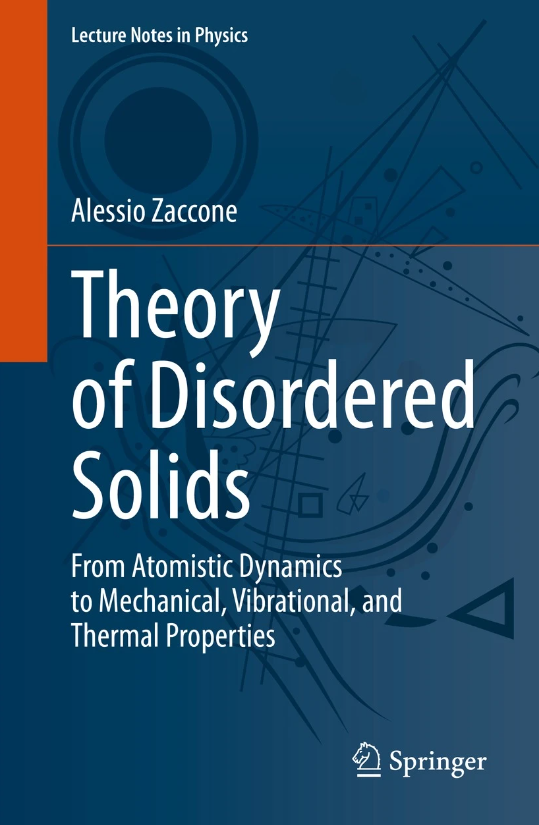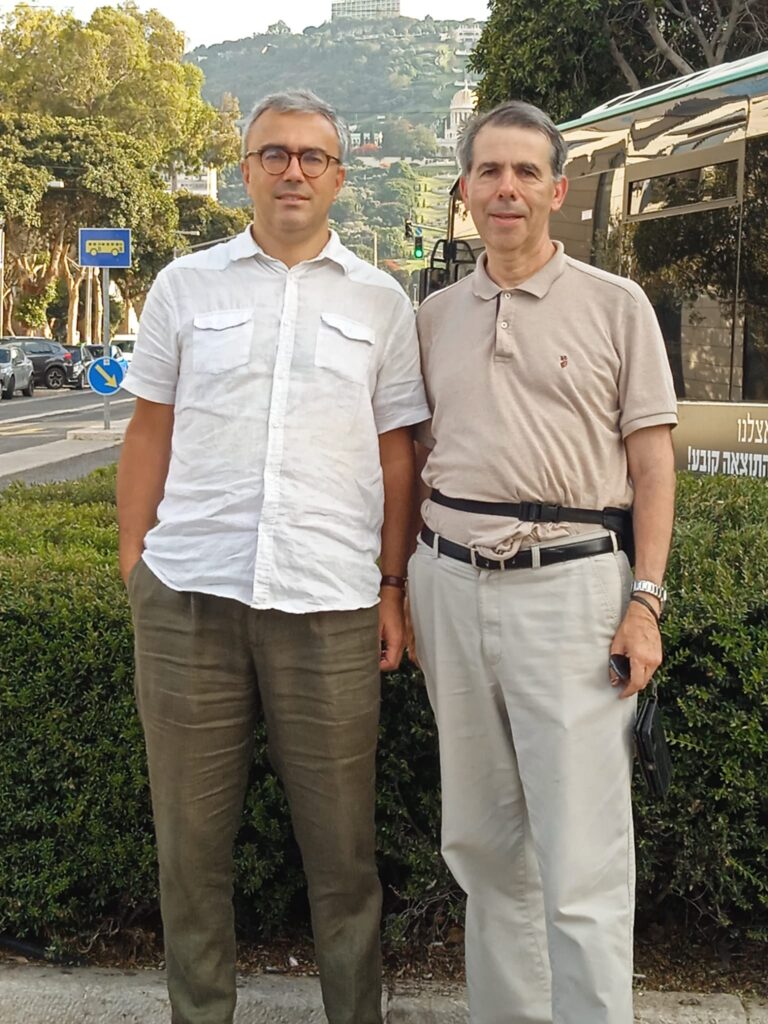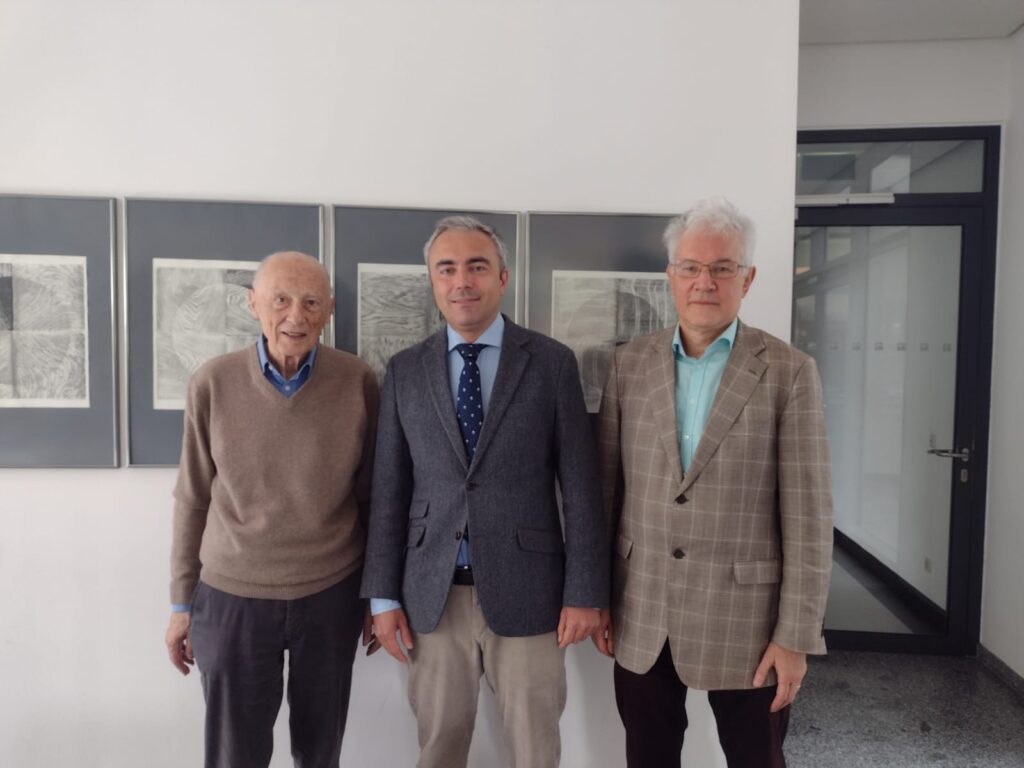Physicists experimentally observe topological defects in glasses for the first time
Fisica della materia: scoperti i difetti topologici nello stato amorfo | La Statale News (unimi.it)
Fluids thicken at the speed of light: A new theory extends Einstein’s relativity to real fluids
Can the noble metals become superconductors?
Discovery of a new convective instability in complex fluids, 140 years after Lord Rayleigh
The mechanism of superconducting thin-film transistors has been unveiled
Transistors are the basis for microchips and the whole electronic industry. They are based on the possibility to modulate an electric current under an electric field, which is possible only using seminconductor materials. With metal conductors, this is not possible due to the large number of free electrons, which completely screen the electric field inside the material. Recently, few nanometers thick metallic superconductors have been used to experimentally realize the supercurrent field effect as a viable route towards metallic transistors. The principle is that an external electric field of sufficient amplitude can suppress the supercurrent, thus enabling the use of the superconducting thin film as a diode. Even though the experiments were done using very standard conventional materials (e.g. aluminum), this effect could not be explained by theory. The present paper, for the first time, shows that the suitably modified microscopic Bardeen-Cooper-Schrieffer theory can predict the electric field induced suppression of supercurrent due to quantum wave confinement effects in ultra-thin films. In practice, due to confinement, there are hole pockets inside the Fermi sea, leading to an increased density of states at the Fermi surface. In turn, this enhances the Coulomb repulsion between electrons to the extent that an electric field can easily break up the Cooper pairs kept together by the phonon “glue”. The theory explains that this effect becomes larger upon decreasing the film thickness, in agreement with experimental observations. Thanks to this new theory, a whole range of quantum gate materials can be developed and optimized in future applications. The paper has been published in Phys. Rev. B in collaboration with Prof. Vladimir M. Fomin: Phys. Rev. B 109, 144520 (2024) – Theory of superconductivity in thin films under an external electric field (aps.org)
April 8, 2024
The webinar given by Alessio on the relativistic Langevin equation and the viscosity of relativistic fluids (organized by Vanderbilt University) can be watched and downloaded at this link:
High-energy nuclear physics journal club – Zoom
July 3, 2023

New release! Alessio Zaccone’s Theory of Disordered Solids, Springer, 2023.
—
June 28, 2023

Alessio Zaccone and Valeriy Ginzburg in Haifa, Israel.
—
May 24, 2023 – We are glad to announce that topological defects in plastic deformation of glasses that we discovered in our PRL 2021 paper has now been confirmed independently by other groups and published in this Nature Communications paper.
See also the News & Views commentary by our co-author Matteo Baggioli .
Congrats to the authors, who also recognized the priority of our 2021 discovery!
—
May 17, 2023

From left to right Peter Fulde, Alessio Zaccone, Vladimir Fomin in Dresden, Leibniz Institut, May 2023
